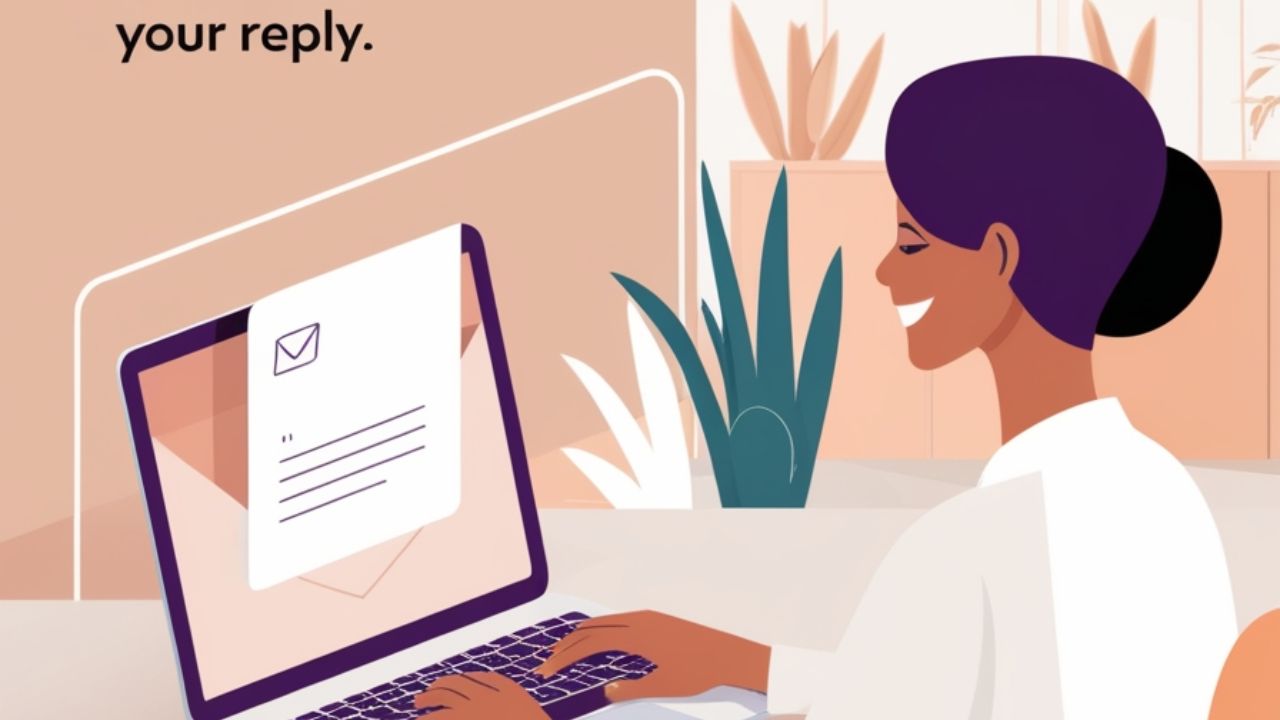The phrase I am very much looking forward shows happiness about something that will happen soon. It tells that a person feels excited and hopeful. To make it correct, the sentence needs words after “to” that tell what the person is waiting for.
For example, saying, “I am very much looking forward to our trip” sounds complete and polite. The words very much help to show strong feelings in a kind way. This makes the sentence sound warm, clear, and respectful.
In speaking or writing, using I am very much looking forward helps to express interest and joy. It’s a friendly way to talk about plans or events. When used properly, it makes your English sound more natural and pleasant.
Understanding the Phrase: “I Am Very Much Looking Forward”
The Structure of the Phrase
The phrase I am very much looking forward has a simple and clear structure. It uses the present continuous form “am looking” to show something happening now. The words “very much” make the feeling stronger and show polite excitement about something that will happen soon.
When using this phrase, it must include the word “to” followed by what you expect or wait for. For example, “I am very much looking forward to the trip.” This makes the sentence complete and easy to understand, showing warmth and interest in future events.
The Role of “Very Much”
The words very much help to make a sentence sound stronger and more polite. They show deep feeling and kindness. When someone says, “I very much look forward,” it tells that person is truly happy and excited about what will happen next.
Adding very much to a sentence brings warmth and respect. It makes the message sound friendly and sincere. For example, “I very much appreciate your help” or “I very much look forward to the event” both sound nice and caring.
The Grammar Behind “Look Forward To”

Phrasal-Prepositional Verb Explained
A phrasal-prepositional verb is a group of words that work together to give one clear meaning. In “look forward to,” the words join to show happy waiting for something. Each part helps form a full idea that sounds natural and friendly.
The verb “look” joins with “forward” and “to” to make one strong meaning. Together they show hope and excitement about the future. When used correctly, this form makes sentences smoother and helps express feelings in a kind and polite way.
- A phrasal-prepositional verb is made of a verb, an adverb, and a preposition that work together to give one meaning.
- In “look forward to,” the verb “look,” adverb “forward,” and preposition “to” form one complete idea.
- This group of words cannot be broken apart, or the meaning will change and sound wrong.
- The phrase means to feel happy or excited about something that will happen soon.
- After this verb, always use a noun or an “ing” verb, like “meeting,” to complete the sentence.
See also Who Else or Whom Else: What’s the Real Grammar Rule?
Requirement of an Object
The requirement of an object means every sentence using “look forward to” must tell what someone is waiting for. The word “to” needs something after it, like a noun or a verb ending in “ing,” to make the sentence complete and clear.
For example, “I look forward to the trip” or “I look forward to meeting you.” These sentences sound polite and finished. Without an object, the meaning feels broken. Adding one helps your message sound right and easy to understand.
Common Usage and Variations
Formal vs. Informal Contexts
The phrase formal vs. informal contexts shows how people speak or write in different situations. In formal writing, like letters or emails to teachers, people use careful and polite words. In informal talks, people speak in a relaxed and friendly way.
For example, in a formal message, you might say, “I look forward to your reply.” In an informal chat, you can say, “I’m looking forward to seeing you.” Both are correct, but the first sounds more polite and professional.
- Formal context means talking or writing in a polite and professional way, like in school or work emails.
- Informal context is used when speaking with friends or family in a relaxed and friendly tone.
- In formal writing, people often say, “I look forward to your reply.”
- In informal talks, people say, “I’m looking forward to seeing you soon.”
- Choosing the right style helps your message sound clear, kind, and suitable for the situation.
Inclusion of “Very Much”
- The phrase very much adds strength and warmth to your sentence.
- It shows strong feelings like excitement, happiness, or appreciation.
- In formal writing, “I very much look forward to your reply” sounds polite and respectful.
- In casual talk, “I’m looking forward to it very much” feels friendly and natural.
- Using very much makes your message sound sincere and full of positive emotion.
Common Mistakes and How to Avoid Them
Omitting the Object
The term omitting the object means leaving out the word or idea that finishes a sentence. When you say, “I am looking forward,” the thought feels unfinished. It needs something after “to” to explain what you’re waiting for or expecting.
For example, “I am looking forward to the party” sounds complete and correct. Without the object, the sentence loses meaning. Adding one helps your message sound polite, clear, and easy for others to understand.
Misplacing “Very Much”
The term misplacing “very much” means putting these words in the wrong spot in a sentence. When this happens, the sentence sounds strange or unclear. The words should never break the group of words that belong together, like “look forward to.”
To write correctly, place very much before or after the full phrase. For example, say, “I very much look forward to your visit,” or “I look forward to your visit very much.” Both sound natural and polite.
Using the Infinitive Instead of the Gerund
The rule using the infinitive instead of the gerund explains that after “to,” the next word must end with “ing.” This form makes the sentence sound right and natural. The infinitive form, like “to meet,” does not fit correctly here.
For example, “I look forward to meeting you” is the proper sentence. The gerund “meeting” tells what action you are happy about. It keeps the sentence smooth and grammatically clear for the reader or listener.
Alternatives to “I Am Very Much Looking Forward”

- You can say, “I eagerly await your reply” to sound polite and formal.
- Use “I’m excited about our meeting” when speaking in a friendly or casual way.
- Try “I can’t wait to see you” to show joy and excitement.
- Say “We anticipate your response” in a business or office message.
- Use “I’m happy about our upcoming project” to sound kind and professional.
See also A Chip off the Old Block: Meaning & Origin Explained
Practical Examples
| Context | Preferred Expression |
| Formal Email | I very much look forward to your response. |
| Casual Conversation | I’m looking forward to the concert. |
| Business Meeting | We look forward to discussing this further. |
| Friendly Letter | Can’t wait to catch up soon! |
Conclusion
The phrase final thoughts helps to close an explanation in a clear way. It reminds the reader what they learned and why it matters. When writing or speaking, ending with strong and simple words leaves a lasting and positive impression.
Sharing final thoughts also shows kindness and care toward the listener. It helps the message sound complete and meaningful. This part of writing brings everything together and gives confidence in using the right form and structure in sentences.
FAQS:
How do you say “I’m looking forward to it professionally”?
Say “I look forward to working with you” or “I’m eager to collaborate,” which sound professional and polite.
Is it correct to say “I’m looking forward”?
Yes, but complete it with “to” and an object, like “I’m looking forward to the meeting.”
What to say instead of “I am looking forward”?
Use alternatives like “I’m eager to,” “I’m excited about,” or “I’m anticipating.”
What is a synonym for extremely looking forward?
You can say “eagerly anticipating,” “highly enthusiastic,” or “can’t wait for.”

Join Bibcia on a journey to master English grammar. Discover easy lessons, writing tips, and practical examples designed to make learning grammar simple and effective.










